UPSC Daily Current Affairs- January 6, 2022 | Current Affairs: Daily, Weekly & Monthly - CLAT PDF Download
GS-I
Significance of Delhi government’s recognition to fifth Sikh Takht
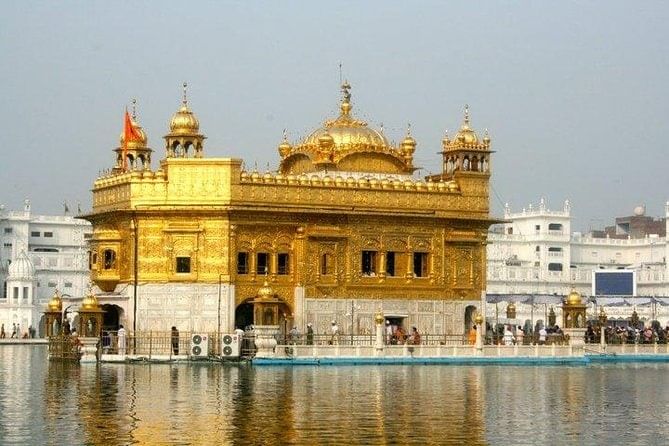
Context
- The Delhi Assembly has passed an amendment Bill to the Delhi Sikh Gurdwara Act, 1971, recognizing Takht Damdama Sahib as the fifth Takht of Sikhs.
About Sikh Takht
- A Takht, which means a throne, is a seat of temporal authority for Sikhs.
- There are five Sikh Takhts, three in Punjab and one each in Maharashtra and Bihar.
- Akal Takht
- Located in Amritsar, it is the oldest of the Takhts, and considered supreme among the five.
- It was set up in 1606 by Guru Hargobind, whose succession as the sixth Guru after the execution of his father, Guru Arjan Dev, is considered a turning point in Sikh history.
- The Akal Takht, a raised platform that he built in front of the causeway leading to the sanctum sanctorum of the Harmandir Sahib (Golden Temple).
- It symbolised the coming together of the temporal authority and the political sovereignty of the Sikh community (miri) with the spiritual authority (piri).
- It is seen as the first marker of Sikh nationalism.
- The other four Takhts are linked to Guru Gobind Singh, the tenth Sikh Guru.
- Takht Keshgarh Sahib
- Located in Anandpur Sahib in Punjab. It was here that Guru Gobind Singh raised Khalsa, the initiated Sikh warriors, in 1699.
- Takht Patna Sahib
- Guru Gobind Singh was born here in 1666.
- Takht Hazur Sahib
- In Nanded, where Guru Gobin Singh spent time and where he was cremated in 1708.
- Takht Damdama Sahib
- In Talwandi Sabo of Bathinda. Guru Gobind Singh spent several months here.
Is it the first time it has been recognised as the fifth Takht?
- It was back in 1999 that Takht Damdama Sahib was recognised as the fifth Sikh Takht by the Union Home Ministry.
- It included it as such in the Sikh Gurdwaras Act, 1925 (Punjab Act VIII of 1925) with a notification dated April 23, 1999.
- Before that, an SGPC sub-committee had declared it the fifth Takht of Sikhs back in November 1966 after Punjab was carved out as a separate state through the Punjab Reorganisation Act, 1966.
Role of the Sikh Takhts
- The Takhts are known to issue hukumnamas (morality orders) from time to time on issues that concern the Sikh community.
- Akal Takht is supreme among them because it is the oldest and was created by a Sikh Guru himself, say Sikh scholars.
- Any edict or order concerning the entire community is issued only from Akal Takht.
- It is from Akal Takht that Sikhs found to be violating the Sikh doctrine and code of conduct are awarded religious punishment (declared tankhaiya).
Who appoints the jathedars of the Takhts?
- The three Takhts in Punjab are directly controlled by the SGPC, which appoints the jathedars.
- The SGPC is dominated by SAD members.
- It is widely understood that SAD puts the final seal on the appointment of these three jathedars.
- The two Takhts outside Punjab have their own trusts and boards.
How politically significant is the move?
- It comes ahead of the Punjab Assembly elections, where the, Delhi’s ruling party, has high stakes.
What does the amendment to the Delhi Sikh Gurdwara Act mean?
- Simply put, it adds one more ex officio member in the Delhi Sikh Gurdwara Management Committee (DSGMC) house.
- Earlier, there were four ex officio members in the house — the chiefs (jathedars) of the other four Sikh Takhts.
What is GitHub, at the centre of online sexual harassment probe?
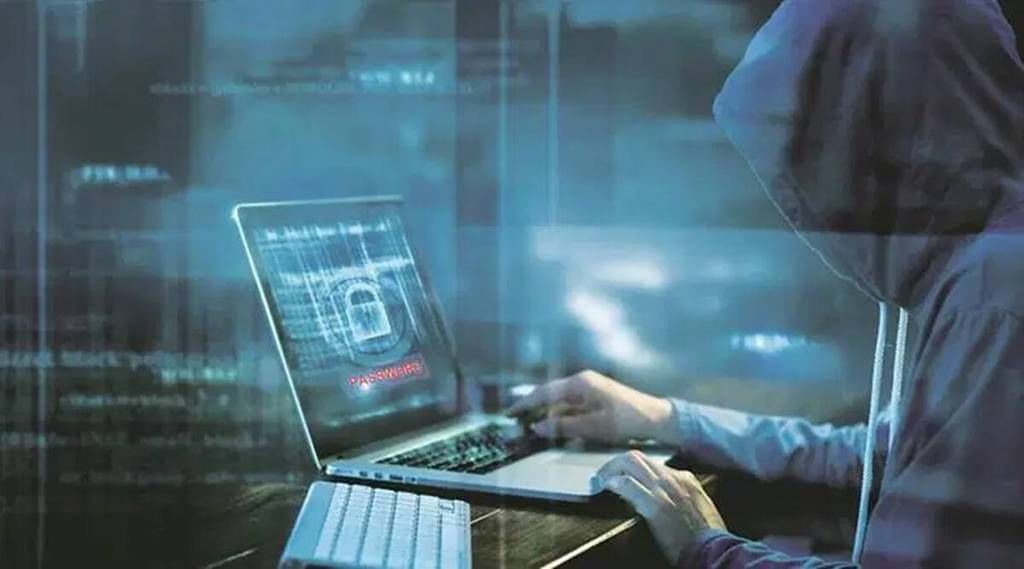
Context
- GitHub is the world’s largest open-source developer community platform where users upload their projects and code for others to view, edit, and tweak.
- It is in the news after it was used to create and share an offensively named app (Bulli Bai) that sexually harassed Muslim women in India.
- The app used pictures of the women stolen from their social media handles and invited “users” to bid for them.
How is the case being investigated?
- GitHub has blocked the user, and the Indian Computer Emergency Response System (Cert-In), the nodal agency for monitoring cyber security incidents, has been asked to form “a high-level committee” to investigate.
- Delhi and Mumbai Police have registered FIRs on complaints by some of the women who were targeted.
Is this the first time such an incident has happened?
No, In June 2021, another app with a similar-sounding name, which too was hosted on GitHub, had been used to harass Muslim women in the same way. Police in Delhi and Noida had registered FIRs, but the probe has not progressed. Delhi Police have said GitHub is not cooperating.
What’s the issue/concern?
- Recently, the National Commission for Women (NCW) has informed that there was a rise of 46% in complaints of crimes against women in the first eight months of 2021 over the corresponding period of last year.
Constitutional Safeguards
- Fundamental Rights
- It guarantees all Indians the right to equality (Article 14), no discrimination by the State on the basis of gender (Article 15(1)) and special provisions to be made by the State in favour of women (Article 15(3)).
- Fundamental Duties
- It ensures that practices derogatory to the dignity of women are prohibited under Article 51 (A).
Legislative Framework
- Indian Penal Code (IPC) criminalises speech that is obscene, defamatory, that insults the modesty of women and intrudes upon her privacy.
- Information Technology Act of 2000 punishes speech that is obscene.
- The Indecent Representation of Women (Prohibition) Act prohibits the publication of any printed material containing indecent representation of women.
- Protection of Children from Sexual Offences Act prevent sexual harassment of a child as well as the use of children for pornographic purposes.
SHe-Box
- The Ministry of Women & Child Development has launched Sexual Harassment electronic Box (SHe-Box) as an effort to provide a single window access to every woman, irrespective of her work status, whether working in organised or unorganised, private or public sector, to facilitate the registration of complaint related to sexual harassment.
- Any woman facing sexual harassment at the workplace can register their complaint through this portal. Once a complaint is submitted to the ‘SHe-Box’, it will be directly sent to the concerned authority having jurisdiction to take action into the matter.
Measures Needed
- National Cyber Crime Reporting Portal should be designated as the national portal under-reporting requirements in the POCSO Act in case of electronic material.
- Union Government should be empowered through its designated authority to block and/or prohibit all websites/intermediaries that carry child sexual abuse material.
- Tools can be developed which can analyse the behaviour of every internet user. So it can help prevent the user from falling into cyberbullying.
- Law enforcement agencies should be permitted to brake end to end encryption to trace distributors of child pornography.
- A cyber crime portal was launched in 2018 to enable citizens to report obscene contents. Cyber police stations and cyber crime cells were also set up in each state for reporting and investigating cybercrime cases.
Zoji La Pass
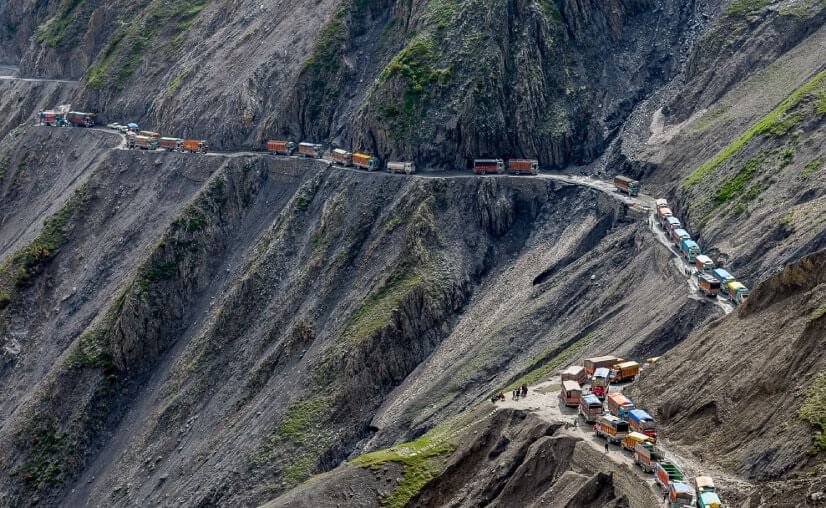
Context
- Srinagar-Leh highway passing through Zoji-La closed for civilian vehicular movement till further orders, due to continuous spell of snowfall and extreme weather.
About Zoji La
- History
- Zoji La Pass was captured by militias aided by the Pakistan Army in 1848, with the ultimate aim of capturing Ladakh.
- However, the pass itself was captured by the Indian Army in 1948 in an assault codenamed Operation Bison.
- One of the world's most dangerous mountain roads
- Zoji La is a high mountain pass in the Himalayas in the Indian union territory of Ladakh.
- It is the second-highest pass on NH 1, with the first being the Fotu La Pass.
- It connects the Kashmir Valley to its west with the Drass & Suru Valleys to its northeast as well as the Indus Valley located further east.
- Zoji La tunnel
- The project was approved by the Government of India in 2018.
- The 14 km long tunnel will reduce the time to cross the Zoji La from more than 3 hours to just 15 minutes.
- When completed, it will be the longest bidirectional tunnel in Asia.
GS-II
POSH Act

Context
- Bombay High Court's controversial guidelines practically gagging the media from reporting on cases pertaining to sexual harassment at workplace have been challenged in the Supreme Court, alleging that the directions are a "death blow" to freedom of speech and expression.
About POSH Act
- G.S. Patel guidelines: The guidelines were formed by Justice G.S. Patel of the High Court ostensibly to protect the identities of the parties in a case under the POSH Act.
What were the Guidelines?
- No Mention: Neither the names of parties nor their personally identifiable information should be mentioned anywhere in any court order.
- Not to be uploaded: Orders and judgments on merits will not be uploaded. All orders and judgments will be delivered in private, i.e. in chamber or in camera.
- Sealed: Entire record to be kept sealed and not be given to any person without court order. Fresh filings to be sealed also.
- All hearings: To be held in chamber or in camera. No online facility. Only physical appearance. Support staff must leave the court.
- Not to be revealed in public domain: Unless there is specific court order, the orders will not be revealed in public domain. At best, only an anonymised version of the order will be released.
- Prohibition: Both sides, parties and advocates are prohibited from releasing any order or judgment contents to the media. Witnesses must sign non-disclosure agreements.
- Contempt of court: Any breach of guidelines is a contempt of court.
Issues/Challenges
- Blanket bar: It includes a blanket bar on parties and advocates from sharing records, including orders and judgments, with the media.
- Orders in such cases will not be uploaded on a court’s website, and the press will not report on a judgment passed under the Act without the court’s permission.
- Article 19: It is a “death blow” to freedom of speech and expression enshrined under Article 19.
- Right to information: Any injunction on the right of the people to know true and accurate facts is an encroachment on their right to information.
- Deter survivors from approaching courts: HC order may have a “ripple effect” and deter survivors from approaching courts as well as setting a dangerous precedent for trial cases.
- Undue protection: It will legitimise undue protection to sexual offenders in gross violation of principles of open court, natural justice and fundamental rights of survivors.
- Swapnil Tripathi judgment: HC order violates the principles of open court as enshrined in the Swapnil Tripathi judgment.
- Termination: Such an order cannot be passed in a suit for compensation due to wrongful and retaliatory termination.
- To suppress women’s voices: it will help “powerful corporations to suppress women’s voices”.
English is the language of Court: Gujarat HC

Context
- A Division Bench of the Gujarat High Court has asked a convict to speak only in English as that was the language in the higher judiciary referring to Article 348 of the Constitution which mandates that the language of the High Court would be English.
About Article 348
- It provides for languages to be used in the Supreme Court and in the High Courts and for Acts, Bills, etc.
- Article 348 (1) provides that all proceedings in the Supreme Court and in every High court shall be in English Language until Parliament by law otherwise provides.
- Under Article 348 (2), the Governor of the State may, with the previous consent of the President, authorize the use of the Hindi language or any other language used for any official purpose of the State.
- It states that in the proceedings of the High Court having its principal seat in that State provided that decrees, judgments or orders passed by such High Courts shall be in English.
When is the use of other languages permitted?
- Section 7 of the Official Languages Act, 1963, provides that the use of Hindi or official language of a State in addition to the English language may be authorized.
- This has to be done with the consent of the President of India, by the Governor of the State for purpose of judgments etc. made by the High Court for that State.
Political Crisis in Sudan
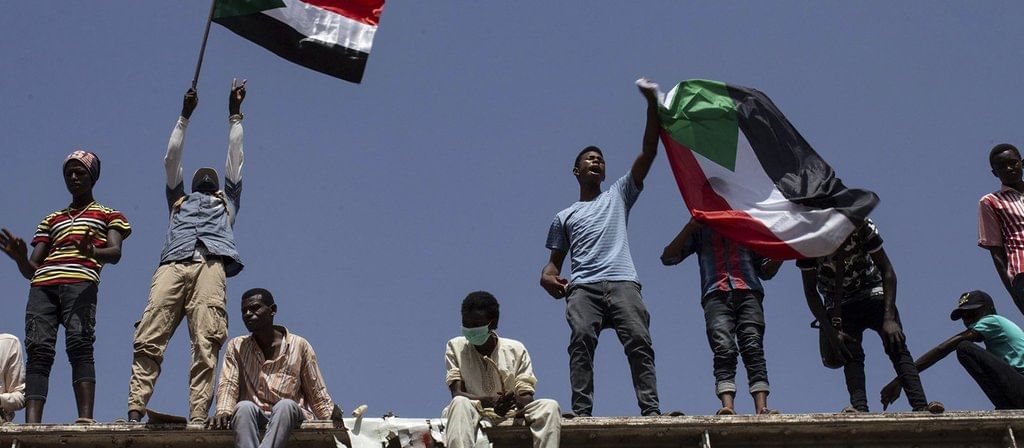
Context
- Recently, Sudan’s civilian Prime Minister (PM) resigned, plunging the country into further turmoil.
About Political Crisis in Sudan
- The PM was sacked by the military in October 2021 and reinstated a few weeks later as part of a deal.
- Anti-military protests continue to rock the country.
- The protesters rejected the PM's deal with the military and demanded the Generals hand over power to an independent civilian authority.
Recent Developments
- Given that the civil-military relationship is already at a breaking point, the Generals establishing direct rule—the Myanmar model—would be extremely unpopular.
- The military wants a civilian Prime Minister without any real powers.
Effects of Political Crisis in Sudan
- Economic
- This political crisis is being played out at a time when Sudan is going through a severe economic crisis.
- Inflation has soared to over 400% in recent months.
- After months of recovery and stability, the exchange rates of the Sudanese pound started to decline again against major foreign currencies, especially the U.S. dollar, two days after the resignation.
- Failed Democracy
- The UN estimates that at least a third of the country’s 43 million people will need humanitarian assistance in 2022.
- Reforms at home and international recognition suggested that Sudan was on a slow but steady transition into full democracy. But then the military struck again.
- Scarcity of Essentials
- The Sudanese authorities have not yet been able to approve the 2022 budget, and as a result of the scarcity of resources, the authorities are moving towards lifting subsidies from vital sectors, including gases and bread, and also decided to implement a new increase in electricity prices by more than 600 percent.
- Civil-military relations
- The military wants a civilian Prime Minister without any real powers.
- Given that the civil-military relationship is already at a breaking point, the Generals establishing direct rule—the Myanmar model—would be extremely unpopular.
- Kleptocracy
- Since independence Sudan has been governed, with only occasional breaks, by an Arab elite in Sudan.
- It is bent on plundering the country’s considerable wealth at the expense of its people.
- Kleptocracy is a government whose corrupt leaders use political power to appropriate the wealth of their nation, typically by embezzlement or misappropriation of government funds at the expense of the wider population.
GS-III
Traditional vaccines just as effective, say US Scientists
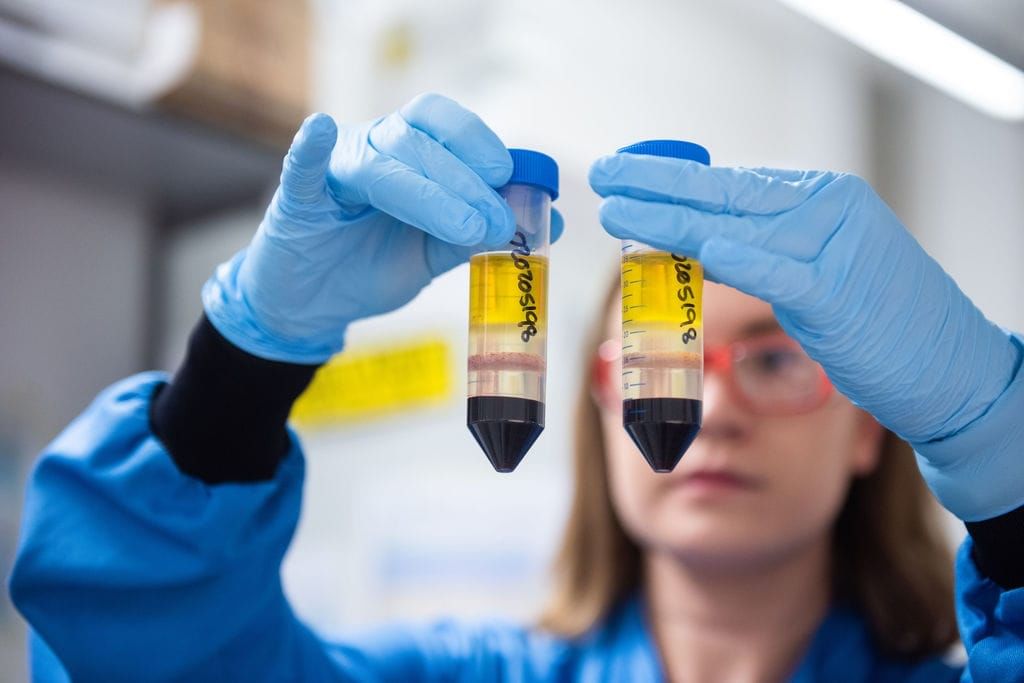
Context
- Vaccines like Biological E’s Corbevax and Bharat Biotech’s Covaxin that are made by traditional methods are “just as effective” as the latest mRNA technology-based vaccines a/c to US scientists.
About Vaccines
- A vaccine is a biological preparation that provides active acquired immunity to a particular infectious disease.
- It typically contains an agent that resembles a disease-causing microorganism and is often made from weakened or killed forms of the microbe, its toxins, or one of its surface proteins.
Types of Vaccines
There are several types of vaccines, including:
- Inactivated vaccines
- Live-attenuated vaccines
- Messenger RNA (mRNA) vaccines
- Subunit, recombinant, polysaccharide, and conjugate vaccines
- Viral vector vaccines
Inactivated vaccines
- Inactivated vaccines use the killed version of the germ that causes a disease.
- Inactivated vaccines usually don’t provide immunity (protection) that’s as strong as live vaccines.
- So you may need several doses over time (booster shots) in order to get ongoing immunity against diseases.
- Inactivated vaccines are used to protect against: Hepatitis A, Flu (shot only), Polio (shot only), Rabies etc.
Live-attenuated vaccines
- Live vaccines use a weakened (or attenuated) form of the germ that causes a disease.
- Because these vaccines are so similar to natural infection that they help prevent, they create a strong and long-lasting immune response.
- Just 1 or 2 doses of most live vaccines can give you a lifetime of protection against a germ and the disease it causes.
- They need to be kept cool in refrigerated conditions.
- Live vaccines are used to protect against Measles, mumps, rubella (MMR), Rotavirus, Smallpox, Chickenpox, Yellow fever.
Messenger RNA vaccines
- Researchers have been studying and working with mRNA vaccines for decades and this technology was used to make some of the COVID-19 vaccines.
- mRNA vaccines make proteins in order to trigger an immune response.
- mRNA vaccines have several benefits compared to other types of vaccines, including shorter manufacturing times and, because they do not contain a live virus, no risk of causing disease in the person getting vaccinated.
How does mRNA vaccine work?
- The mRNA vaccines function differently from traditional vaccines.
- Traditional vaccines stimulate an antibody response by injecting a human with antigens.
- mRNA vaccines inject a fragment of the RNA sequence of a virus directly into the cells, which then stimulate an adaptive immune response mRNA fragment is a specific piece of the virus that carries instructions to build the antigen of the virus.
- An advantage of RNA vaccines is that they stimulate cellular immunity.
Purchasing Managers’ Index (PMI)

Context
- Purchasing Managers’ Index (PMI) for the services sector dropped for a second successive month in December 2021 to 55.5.
About Purchasing Managers’ Index (PMI)
- It is an index of the prevailing direction of economic trends in the manufacturing and service sectors.
- It is an economic indicator, which is derived after monthly surveys of different companies.
- There are two types of PMI — Manufacturing PMI and Services PMI.
- A combined index is also made using both manufacturing PMI and services PMI.
- Methodology
- The PMI is compiled by IHS Markit from responses to questionnaires sent to purchasing managers in a panel of around 400 manufacturers, based on company workforce size, based on contributions to GDP.
- Survey responses are collected in the second half of each month and indicate the direction of change compared to the previous month.
- IHS Markit is a London based global leader in information, analytics and solutions for the major industries and markets that drive economies worldwide.
- Calculation of PMI
- It is indicated by a number from 0 to 100.
- A print above 50 means expansion while a score below 50 denotes contraction.
- A reading at 50 indicates no change.
- If the previous month PMI is higher than the current month PMI, it represents that the economy is contracting.
- Purpose
- To provide information about current and future business conditions to company decision-makers, analysts, and investors.
- The index helps in determining whether the market conditions, as seen by purchasing managers, is expanding, contracting or staying the same
|
1380 docs|808 tests
|
FAQs on UPSC Daily Current Affairs- January 6, 2022 - Current Affairs: Daily, Weekly & Monthly - CLAT
| 1. What is the significance of GS-I, GS-II, and GS-III in UPSC exams? |  |
| 2. What are the topics covered in GS-I paper of UPSC? |  |
| 3. Which subjects are included in GS-II paper of UPSC? |  |
| 4. What are the main topics covered in GS-III paper of UPSC? |  |
| 5. How can one prepare for the GS-I, GS-II, and GS-III papers of UPSC? |  |





















